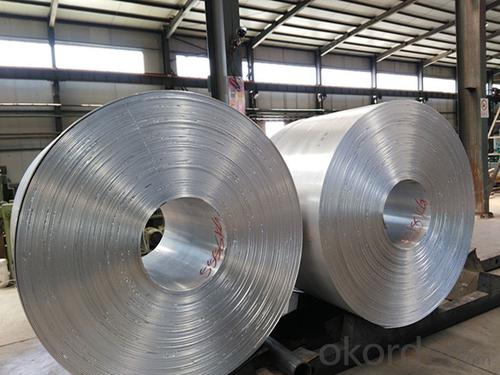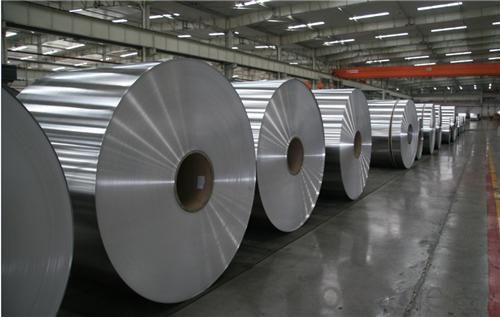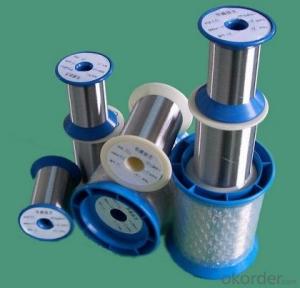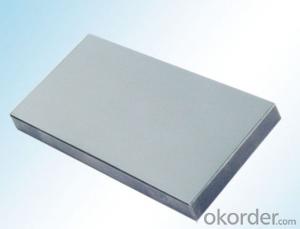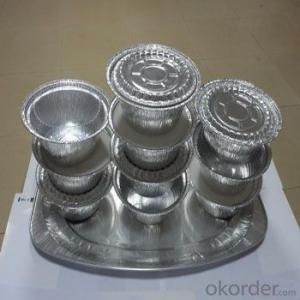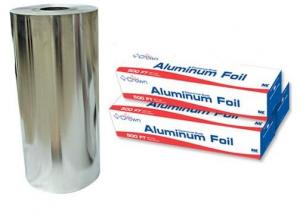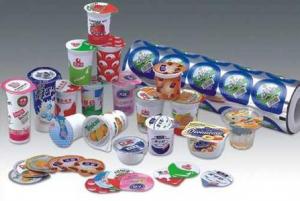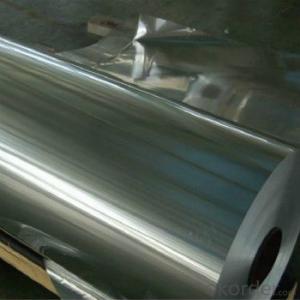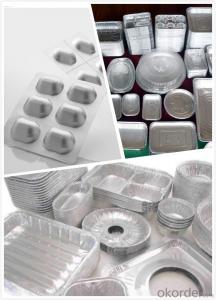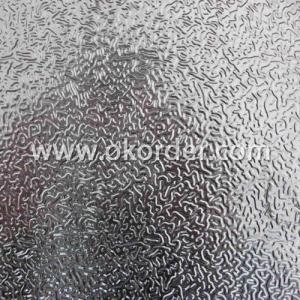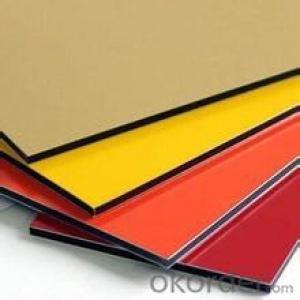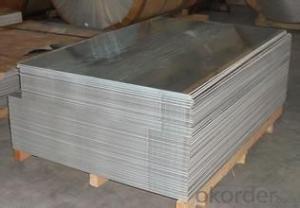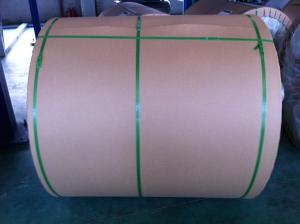Honeycomb Aluminum Sheets - Household Aluminum Foil & Kitchen Foil and 300m Catering Foil
- Loading Port:
- Shanghai
- Payment Terms:
- TT OR LC
- Min Order Qty:
- 5 m.t.
- Supply Capability:
- 9000 m.t./month
OKorder Service Pledge
OKorder Financial Service
You Might Also Like
Specification
Household aluminum Foil & kitchen foil and 300m catering foil
Foil thickness | 8mic- 100 mic (8mic, 10mic ,18mic, 20mic , it is very popular ) | |
Foil width | 90-1000 mm ( 305mm, 450 mm, 380mm it is very popular ) | |
Foil length | 10m-2000m ( 10m, 100m, 300m ,it is very popular ) | |
Color | Silver ,red , gold ,bule ,green , and panton card or your sample | |
Surface | Plain or embossed pattern | |
Packing | Color box or plastic film and carton or wooden pallet . Box surface we can printed your logo. | |
Delivery | Within 30-45days | |
Trade term | FOB or CIF | |
Payment | Payment 30%TT by advance , the balance upon the copy of BL. Or LC |
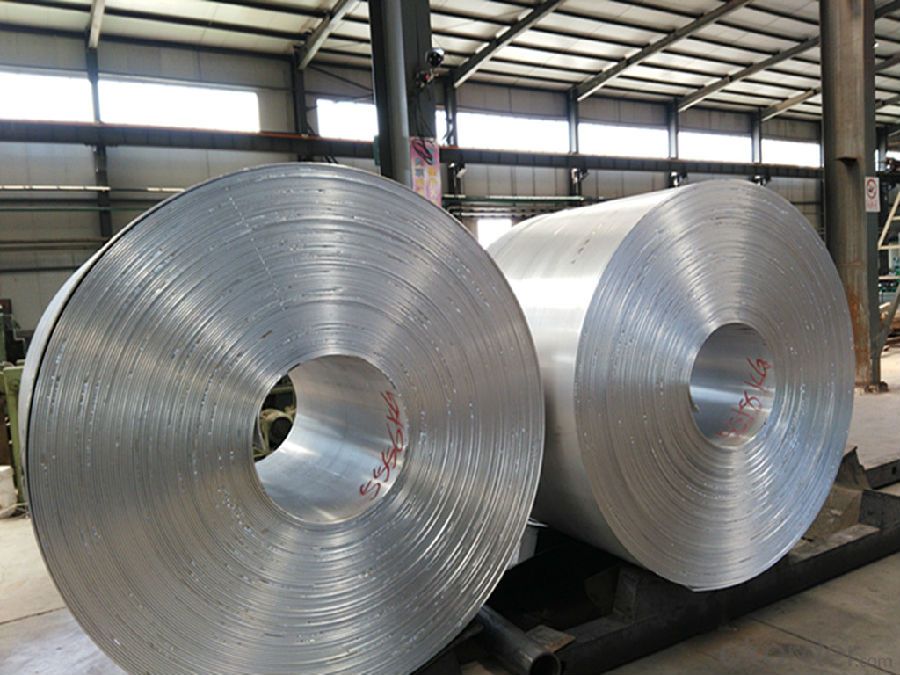
CNBM has obtained ISO9001: 2000 ificate.ISO14001:2004certificate of environment management system certification GB/T28001-2001certificate of occupational health and safety management system certification We have formed our products into three different series; foil series, laminated foil series and container series. Each series offers many different products. This makes it easier for us to meet our customers’ requirements, to create new products and to reach more markets, in order for the company to process special requests. Also, we are able to accept incoming material processing and OEM processing.
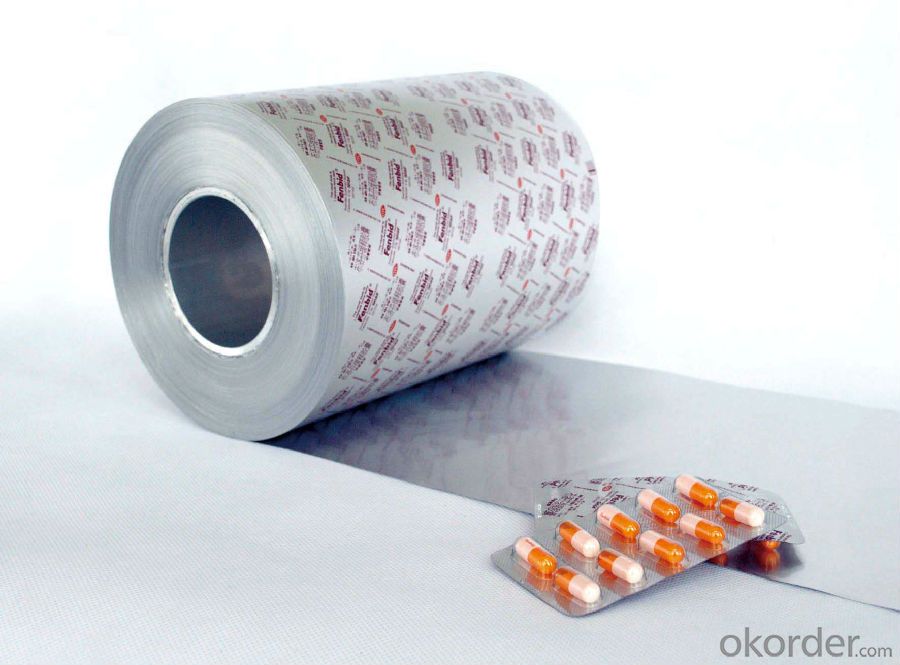
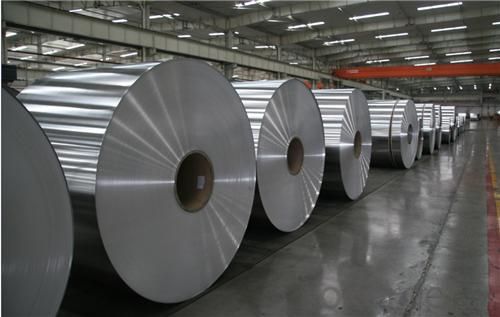
- Q: How do you store aluminum sheets?
- When storing aluminum sheets, it is crucial to take into account their size, weight, and overall condition. Below are some guidelines to follow: 1. Find an appropriate location: Locate a dry and well-ventilated area indoors with stable temperatures. This will prevent moisture and humidity from causing corrosion or harm to the aluminum sheets. 2. Guard against moisture: Wrap each aluminum sheet individually with plastic or moisture-resistant sheets. This will create a barrier against moisture and prevent potential corrosion. Avoid using materials that may react with aluminum, such as acidic or alkaline substances. 3. Arrange and stack: If you have multiple aluminum sheets, consider organizing them based on size, thickness, or other relevant factors. This will make it easier to access specific sheets without disturbing the entire stack. Place larger and heavier sheets at the bottom to prevent any potential damage. 4. Utilize racks or pallets: For a larger quantity of aluminum sheets, using racks or pallets can provide additional support and stability. Ensure that the racks or pallets are strong enough to handle the weight and designed to prevent deformation or bending of the sheets. 5. Label and document: Label each sheet with relevant information such as size, thickness, or specific details. Additionally, maintain a detailed inventory or catalog of your aluminum sheets to easily locate and retrieve specific ones when needed. 6. Regularly inspect: Periodically inspect your stored aluminum sheets to ensure they remain in good condition. Look for signs of corrosion, damage, or any other issues that may require immediate attention. By following these steps, you can effectively store aluminum sheets, safeguarding them from damage and ensuring their longevity.
- Q: Can aluminum sheets be used for heat sinks?
- Yes, aluminum sheets can be used for heat sinks. Aluminum has excellent thermal conductivity properties, making it an ideal material for transferring heat away from electronic components. Aluminum sheets can be formed into various shapes and sizes to maximize heat dissipation. They are commonly used in applications such as computer processors, LED lights, and power electronics, where efficient heat dissipation is crucial for maintaining optimal performance and preventing overheating. Additionally, aluminum sheets are lightweight and cost-effective, making them a popular choice for heat sink applications.
- Q: Are aluminum sheets resistant to rust?
- Yes, aluminum sheets are highly resistant to rust. This is because aluminum naturally forms a protective oxide layer on its surface when exposed to air, which prevents further corrosion. Unlike iron or steel, which can rust when exposed to moisture and oxygen, aluminum does not require any additional coatings or treatments to protect it from rusting. This makes aluminum sheets a popular choice for a wide range of applications, including construction, automotive, and marine industries, where resistance to rust is essential.
- Q: This is kind of odd, but if a volcano erupted and the lava dripped into an aluminum can, would the can melt? Would the lava harden and cool in it?
- Temperature of lava - 700 degrees Celsius. Melting point of aluminum - 660 degrees Celsius. I'll let you figure out if the can would melt...
- Q: Can aluminum sheets be used for sound insulation?
- Yes, aluminum sheets can be used for sound insulation to some extent. While aluminum is not the best material for soundproofing compared to others like rubber or foam, it can still provide some level of sound insulation when used correctly. Aluminum sheets can be installed as a barrier or partition in walls, ceilings, floors, or other surfaces to reduce the transmission of sound waves. However, it is important to note that additional soundproofing materials or techniques might be necessary to achieve optimal results.
- Q: Can aluminum sheets be used for modular construction?
- Absolutely, modular construction can utilize aluminum sheets. Aluminum proves to be an adaptable and lightweight substance that presents numerous advantages for modular construction undertakings. Its resilience, resistance to corrosion, and impressive strength-to-weight ratio render it appropriate for a wide range of structural applications. The malleability of aluminum sheets permits them to be effortlessly fabricated and molded into various forms and dimensions, enabling flexibility in both design and construction. Furthermore, aluminum's recyclability positions it as an environmentally conscious selection for sustainable construction practices. All things considered, aluminum sheets stand as a feasible choice for modular construction given their robustness, durability, and versatility.
- Q: Is aluminum sheet magnetic?
- Incorrect, aluminum sheets lack magnetic properties. As a non-magnetic metal, aluminum neither attracts nor repels magnetic materials due to the absence of magnetic elements within its composition. Consequently, attempting to affix a magnet onto an aluminum sheet will prove futile, as it remains unaffected by magnetic fields.
- Q: How do you determine the thickness tolerance of an aluminum sheet?
- One way to determine the thickness tolerance of an aluminum sheet is by referring to the industry standards or specifications for aluminum sheet thicknesses. These standards outline the acceptable range of thickness variations and provide tolerance values. Additionally, using precision measuring tools such as micrometers or calipers, you can directly measure the thickness at various points on the sheet and compare it to the specified tolerance range to determine if it meets the required thickness tolerance.
- Q: Can aluminum sheets be used for insulation purposes?
- Yes, aluminum sheets can be used for insulation purposes. They have a low thermal conductivity and can effectively reflect heat and cold, making them suitable for insulating applications in various industries such as construction, automotive, and packaging.
- Q: Yesterday I picked up an 1988 performance bike. I bought it for the parts. It rode really good and now I'm deciding to keep it as is but I'm wondering if the bike is safe to ride. I've hear of aluminum horror stories and I'm assuming old aluminum isn't asnymore safe.Should I toss the frame and put the parts on a steel frame I have or ride it and not worry about it failing.
- I've ridden old Cannondales for years. I've never heard a horror story, if anything it is overengineered. With any frame, you need to see if there is any damage.
Send your message to us
Honeycomb Aluminum Sheets - Household Aluminum Foil & Kitchen Foil and 300m Catering Foil
- Loading Port:
- Shanghai
- Payment Terms:
- TT OR LC
- Min Order Qty:
- 5 m.t.
- Supply Capability:
- 9000 m.t./month
OKorder Service Pledge
OKorder Financial Service
Similar products
Hot products
Hot Searches
Related keywords



